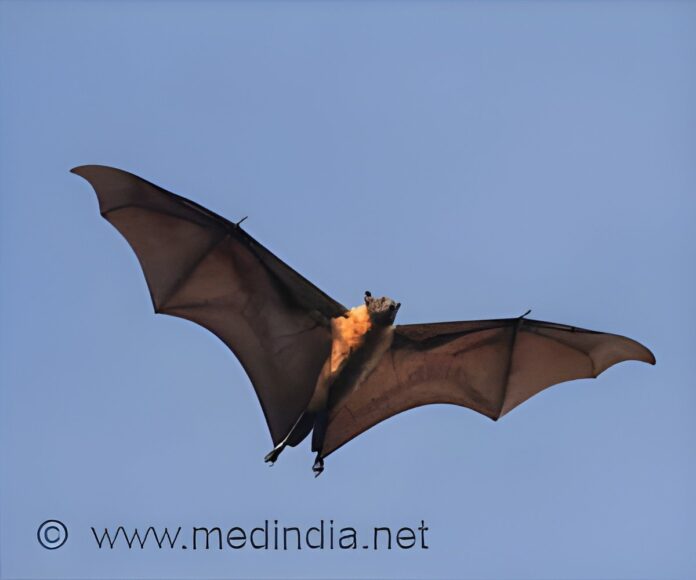HKU5-CoV-2 is a newly discovered bat coronavirus capable of infecting humans, raising zoonotic spillover concerns.
Scientists have identified a new bat coronavirus, HKU5-CoV-2, that has the potential to infect humans, according to experts. The discovery raises concerns about another possible zoonotic spillover, though researchers caution that its pandemic potential remains uncertain. ()
The virus was detected by a team of Chinese virologists led by Shi Zhengli, a renowned scientist at the Wuhan Institute of Virology, widely known as “Batwoman” for her extensive research on coronaviruses, including SARS-CoV-2, which caused the COVID-19 pandemic.
HKU5-CoV-2: A Merbecovirus with Human Infection Potential
HKU5-CoV-2 belongs to the merbecovirus subgenus, which also includes the MERS-CoV virus responsible for the deadly Middle East Respiratory Syndrome (MERS) outbreak. While previous HKU lineage viruses found in bats lacked the ability to infect humans, the newly identified HKU5-CoV-2 has shown the capability to bind to human ACE-2 receptors.
“HKU5-CoV-2 is able to bind to human ACE-2 receptors and infect lab cell models of human lungs and intestines. It can also bind to ACE-2 receptors in other mammals, meaning it could theoretically spread from animals to humans and vice versa,” said Dr. Rajeev Jayadevan, Chairman of the Kerala State IMA Research Cell, in a statement to IANS.
However, Dr. Gautam Menon, Dean of Research at Ashoka University, downplayed concerns about a new pandemic. “From what we know so far, this is unlikely to be significant. HKU5-CoV-2 has similarities to Covid-19 and other coronaviruses, but that isn’t enough to suggest it will spread between humans in a way that could cause a pandemic,” he explained.
Menon also noted that widespread exposure to SARS-CoV-2 may provide some immunity against HKU5-CoV-2. “Given that most people on the planet have been exposed to COVID-19, this may offer some protection against new coronaviruses like HKU5-CoV-2,” he added.
Despite these reassurances, Jayadevan warned that studying bat coronaviruses in laboratories comes with inherent risks. “If proper biosecurity measures are not followed, accidental spillover to humans could occur. That’s why high-risk pathogen research is conducted under stringent Biosafety Level 4 (BSL-4) protocols,” he said.
Advertisement
He further emphasized the importance of minimizing human-bat interactions to reduce the risk of future pandemics. “Viruses can recombine and evolve new capabilities. This discovery serves as a reminder that viruses living in animals remain a potential threat, and limiting human-bat interactions is one way to mitigate the risk,” Jayadevan stated.
As research continues, experts stress the need for vigilance and preparedness to respond to any emerging infectious threats.
Advertisement
Reference:
- Bat-infecting merbecovirus HKU5-CoV lineage 2 can use human ACE2 as a cell entry receptor – (https://www.sciencedirect.com/science/article/abs/pii/S0092867425001448)
Source-Medindia


